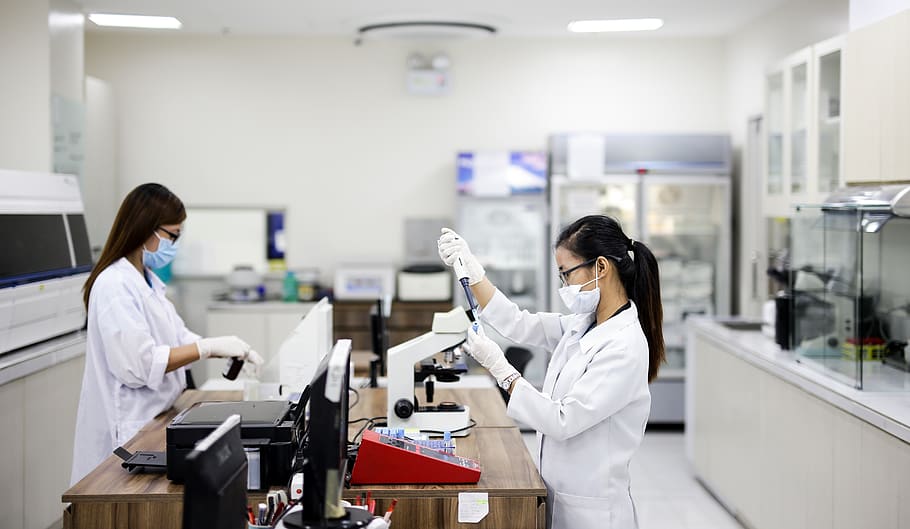Analytical method transfers (AMTs) forerun a few key steps in the drug development process, including release testing, stability studies, and more. AMTs document that the receiving laboratory, external or internal, is qualified to employ a validated analytical procedure, which initiated in the sending laboratory. It all boils down to determining whether or not the receiving laboratory has the wherewithal to ensure streamlined transferred analytical procedures.
The method has to be consistent enough to hold out the validated state, irrespective of the change in the laboratory. The laboratories involved in the analytical method transfer can share the same site; imagine transfer from a product development lab to a quality control lab. The method transfer can also be between labs of two companies or between a company’s lab and a regulatory lab. The requirements change accordingly as the transfer progresses.
Top challenges in AMTs:
AMT development is intricate and fraught with challenges. Per FDA guidelines, the process needs to be explained elaborately to the point that a competent analyst can replicate the required conditions in a new lab to derive outcomes within the acceptable parameters. But transferring the analytical method to the new lab cannot guarantee successful execution. AMT failures loom large due to any variance in instrumentation, procedures, and interpretations. That requires the development of precise transfer protocols backed by consistent communication.
- Multiple parties involved:
Analytical method transfer conventionally involved two parties. The first one is the Sending Unit (SU), the facility where the method is developed and validated. The second one is the Receiving Unit (RU), a facility qualified for the analytical procedure. As the drug development process evolves, AMTs now involve several internal and/or external labs. The facility where the method was developed and validated might be skipped outright. Imagine a procedure developed in a company’s in-house R&D facility and subsequently transferred to the manufacturing unit and a CRO in later stages.
- Miscommunication:
AMTs are prone to true method issues, causing validation failures. Although a method has been validated by the SU, it may not transfer smoothly to the RU. An utter lack of communication, miscommunication, or misinterpretation might throw a spanner, especially when multiple labs are involved. Open lines of communication can boost the validation success rate, ensure the quick transition from one stage of drug development to the other, and limit overall costs.
The SU has to gather complete information on method transfer before the transfer gets underway. This includes analytical data from the previous validation procedures elaborating how the validation panned out and what robustness parameters were used. Transfer reports, including how well the transfers fared and what SOPs were employed, should also be kept ready. General data gained from stability studies chromatograms should not slip through the cracks as well. The entire database is a part of the Transfer Package (TP).
- Performance expectations:
A method might run well when handled individually by a single analyst in the SU. However, the same method might not perform as expected in a high throughput lab involving multiple samples and multiple analysts. The below-par method performance is preventable, provided the throughput expectations are specified at the outset. Testing the method for robustness by multiple analysts in the SU just before the method transfer also boosts method performance in the RU.
